Cloud Computing Synergy
The synergy between in-memory computing and cloud computing is emerging as a vital driver in the In-Memory Computing Market. As organizations increasingly migrate to cloud-based infrastructures, the demand for scalable and efficient computing solutions rises. In-memory computing complements cloud environments by providing the speed and agility required for modern applications. The cloud's elasticity allows businesses to scale their in-memory resources according to demand, optimizing costs and performance. Market trends suggest that the integration of in-memory computing with cloud services could lead to a substantial increase in market share for both sectors. This collaboration not only enhances operational efficiency but also enables organizations to leverage advanced analytics and machine learning capabilities, further propelling the growth of the In-Memory Computing Market.
Big Data Analytics Adoption
The rapid adoption of big data analytics is a crucial driver for the In-Memory Computing Market. As organizations generate and collect vast amounts of data, the need for efficient processing and analysis becomes paramount. In-memory computing provides the necessary infrastructure to handle big data workloads effectively, enabling organizations to derive actionable insights from their data. The market for big data analytics is expected to reach several billion dollars in the next few years, with a significant portion of this growth attributed to the capabilities offered by in-memory computing solutions. By facilitating faster data retrieval and analysis, in-memory computing empowers businesses to make data-driven decisions swiftly, thereby enhancing their competitive edge in the market.
Real-Time Data Processing Needs
The increasing demand for real-time data processing is a pivotal driver in the In-Memory Computing Market. Organizations are increasingly reliant on instantaneous data analysis to make informed decisions. This trend is particularly evident in sectors such as finance, healthcare, and retail, where timely insights can lead to competitive advantages. According to recent estimates, the market for real-time analytics is projected to grow at a compound annual growth rate of over 30% in the coming years. This surge in demand for real-time capabilities necessitates robust in-memory computing solutions that can handle vast amounts of data efficiently. As businesses strive to enhance operational efficiency and customer satisfaction, the In-Memory Computing Market is likely to experience substantial growth fueled by this pressing need.
Enhanced Performance Requirements
The quest for enhanced performance is a significant driver within the In-Memory Computing Market. Organizations are increasingly seeking solutions that can deliver faster processing speeds and improved application performance. Traditional disk-based systems often fall short in meeting these performance expectations, leading to a growing preference for in-memory computing solutions. The ability to process data in real-time, coupled with reduced latency, positions in-memory computing as a superior alternative. Market data indicates that companies adopting in-memory technologies can achieve performance improvements of up to 100 times compared to conventional systems. This performance enhancement is particularly crucial for applications requiring high transaction volumes, such as e-commerce platforms and financial trading systems, thereby propelling the growth of the In-Memory Computing Market.
Growing Need for Business Intelligence
The growing need for business intelligence solutions is a prominent driver in the In-Memory Computing Market. Organizations are increasingly recognizing the importance of data-driven decision-making, leading to a surge in demand for business intelligence tools that can provide real-time insights. In-memory computing plays a critical role in this landscape by enabling faster data processing and analysis, which is essential for effective business intelligence applications. Recent market analyses indicate that the business intelligence market is projected to grow significantly, with a substantial portion of this growth linked to the capabilities of in-memory computing technologies. By facilitating rapid data access and analysis, in-memory computing empowers organizations to enhance their strategic planning and operational efficiency, thereby driving the expansion of the In-Memory Computing Market.
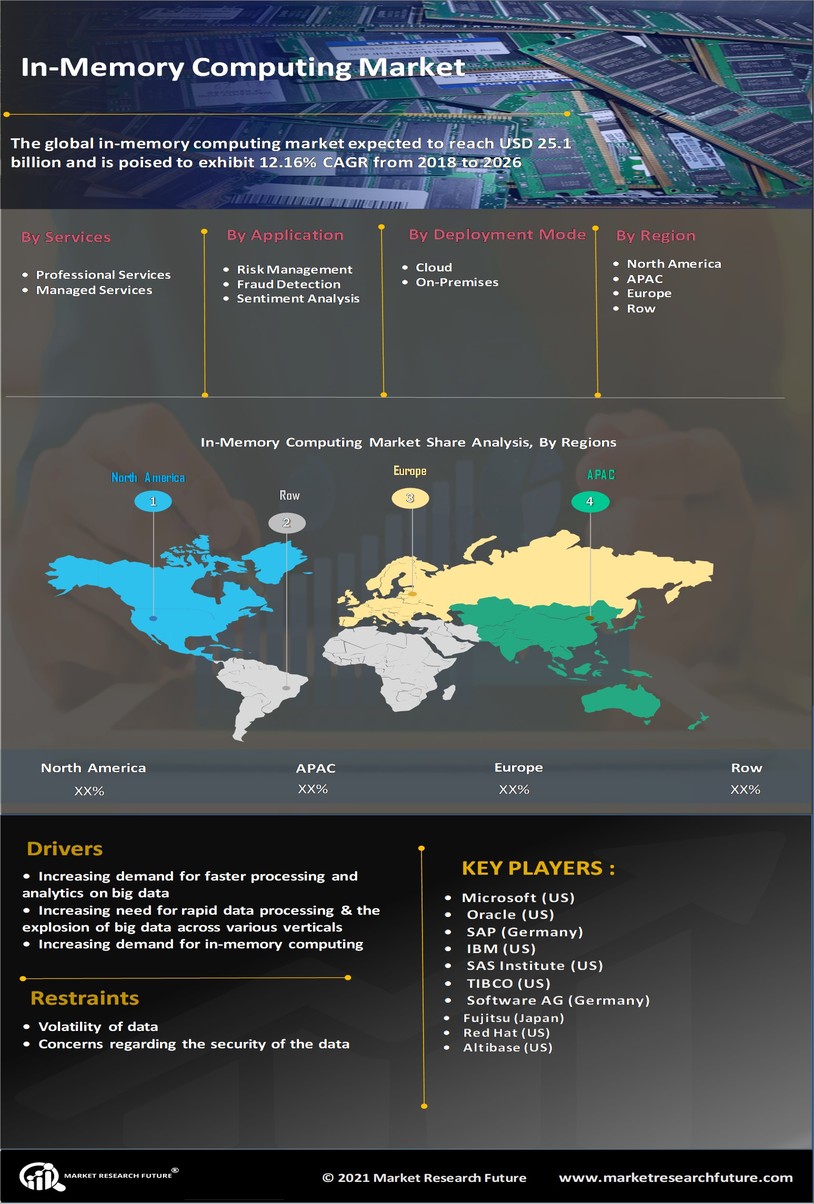

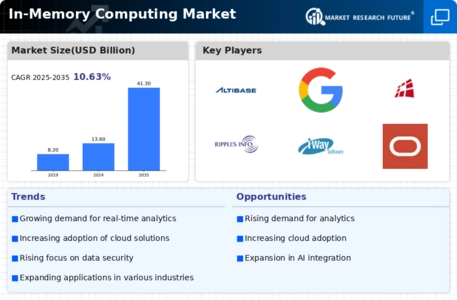
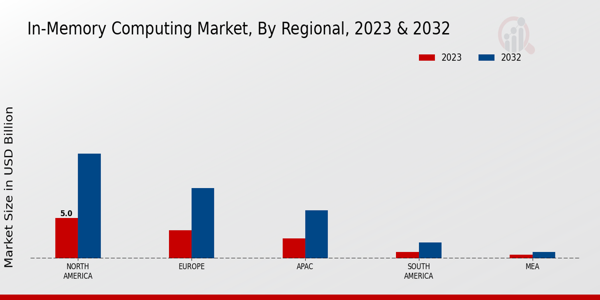
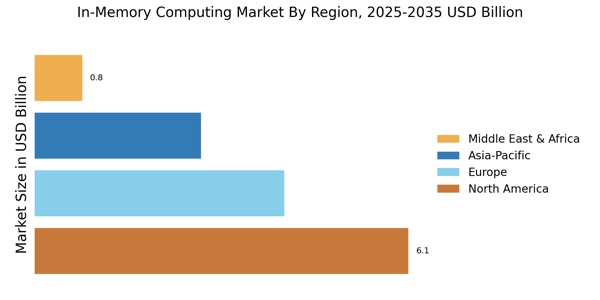




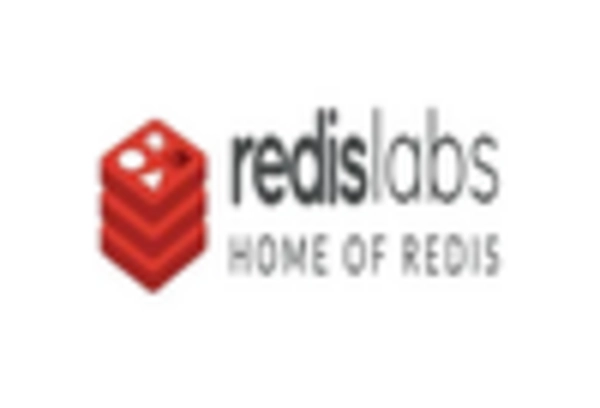









Leave a Comment